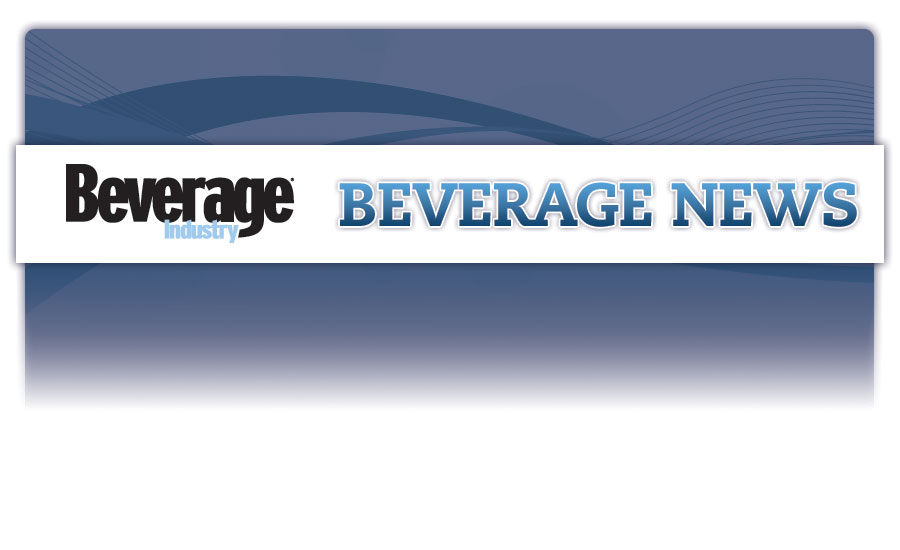IRI launches CPG Inflation Tracker to track weekly changes
Prices for beverage alcohol and beverages up compared with last year

Chicago-based Information Resources Inc. (IRI) announced the launch of the IRI CPG Inflation Tracker on its free, online COVID-19 Data Dashboard. The new tool provides a standard metric for tracking weekly price-per-unit changes for consumer packaged goods compared with the year-ago period across departments, including fixed and random weight products, grocery aisles and retail formats.
This resource allows CPG manufacturers and retailers to assess in real time the way pricing is evolving due to the supply chain and economic impacts of the pandemic and quickly adapt their strategies.
“COVID-19 is severely impacting the supply chains of products throughout the store, resulting in large pricing fluctuations across categories and shopping channels week to week,” said Krishnakumar S. Davey, president of strategic analytics for IRI, in a statement. “Price per unit inflation can be attributed to four factors: increases in price per volume due to price increases, prices rising due to reduced price promotions, trading up to higher priced products and finally, purchasing of larger packages which cost more as consumers stay at home and consume more. For example, the price per unit of milk in multi-outlets during the past few weeks has increased 9 percent, made up of a roughly 5-6 percent increase in price per volume and a 3 percent higher volume per unit, compared to the same period last year. Our new inflation tracker helps CPG manufacturers and retailers react more quickly to volatile pricing trends, enabling them to ensure their products are priced appropriately and anticipate consumer reactions to further changes in price.”
The IRI CPG Inflation Tracker is available on IRI’s website through the COVID-19 Data Dashboard and will be updated weekly with IRI’s point-of-sale data. Measured channels represented in the index include convenience and multi-outlets (food, drug, mass, club, dollar, military), including click-and-collect orders for all brick-and-mortar stores, as well as delivery services like Instacart. The tracker also includes insights into changes in price for each unit by U.S. state and region for edible and nonedible products.
The following are key insights revealed by the IRI CPG Inflation Tracker in recent weeks:
- During the week of April 26, average prices per unit in edible departments were up 10 percent compared with the same week last year, and prices of nonedible aisles were up an average of 5 percent.
- Pricing in the meat and bakery categories also experienced significant inflation compared to the year-ago period, with 11 percent and 9 percent increases, respectively. Meat prices accelerated by 10 percentage points compared to the previous week.
- The price for each unit of items in the frozen food, refrigerated food, beverages and beverage alcohol categories were all up more than 10 percent compared with the same week last year.
- Paper products drove the significant increase in prices among nonedible departments, with a 20 percent price increase over prices the same week last year.
“This index is even more valuable when used in conjunction with the IRI CPG Demand Index, which measures consumer purchases, by dollar sales, against the year-ago period,” Davey said. “CPG manufacturers and retailers can easily compare data between the two platforms to better understand the relationship between supply and demand as consumer spending habits change and businesses gear up to recession-proof their portfolios. We typically see the sales volume of food products decline shortly after major price increases in large store formats. Interestingly, similar patterns appeared during the Great Recession: food inflation was high, and unit and volume sales declined across many grocery categories. By comparing data between IRI’s Demand and Inflation indices, you can see a similar trend as today’s shoppers start to shift toward value-tier brands or private label products as prices of consumer goods inflate in the recessionary period. In fact, IRI surveys indicate that more than 70 percent of shoppers are already feeling the pinch and think prices have risen in the past few weeks.”
To help CPG manufacturers and retailers navigate pricing during a recession, IRI just published its latest thought leadership report, “Maintaining Pricing Discipline During a Recession.”
Looking for a reprint of this article?
From high-res PDFs to custom plaques, order your copy today!








